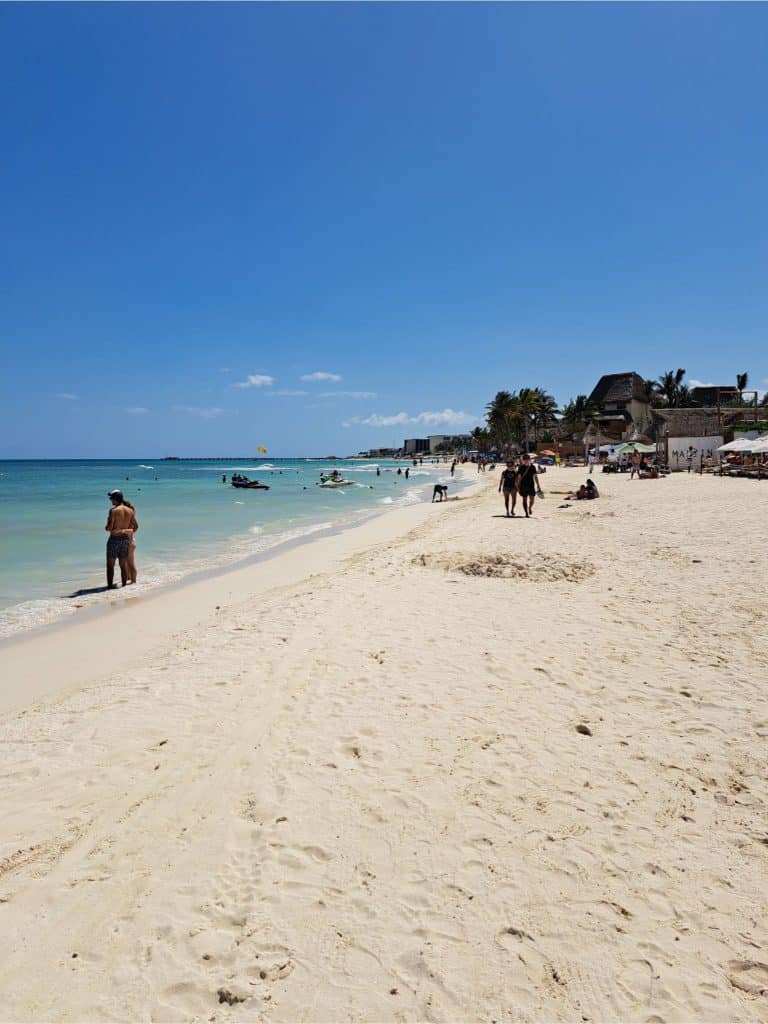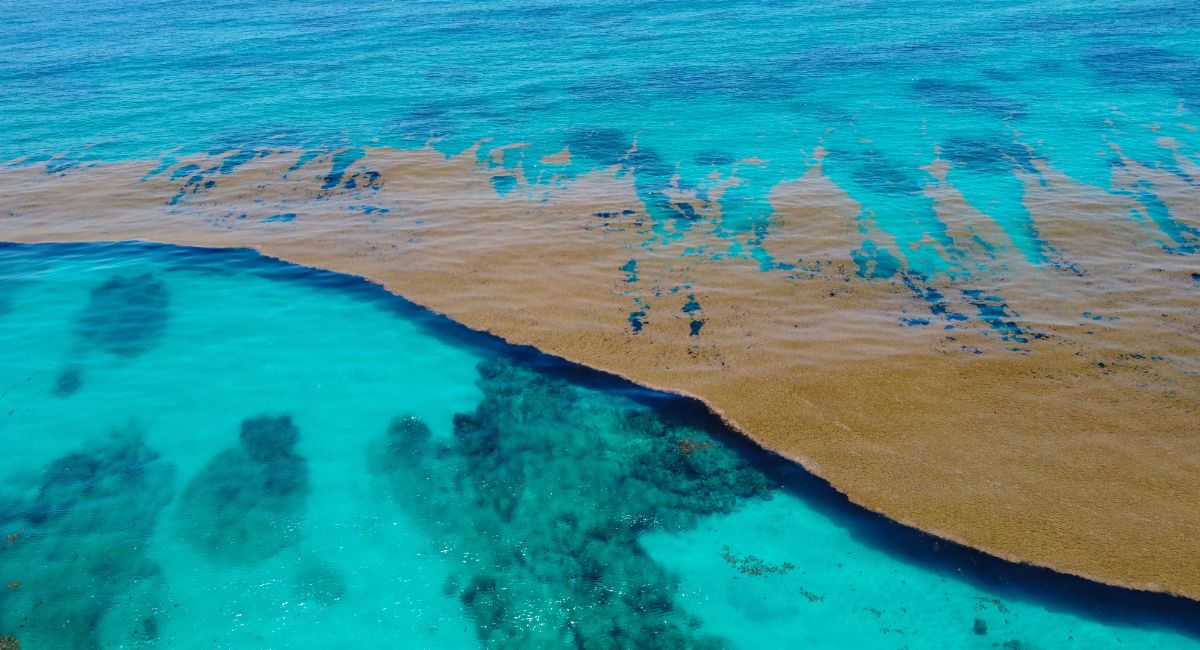Mexico has increased his sargassum warning of one, “very low” to two, “low”, for the first time in months, due to a large mass of seaweed approaching the Caribbean coasts.
A few days ago, more than 120 tons of sargassum hit the beaches of Playa del Carmen, Tulum and Cozumel. Playa del Carmen will receive maximum in the coming weeks 300 show per day.
The northeasterly wind in the Caribbean Sea, caused by a cold front a few days ago, had kept sargassum at bay.
However, an anticyclone plus new southeasterly winds combined with higher temperatures will inevitably attract more sargassumaccording to the Oceanographic Institute of the Gulf and the Caribbean Sea.
“We know from experience that higher temperatures are correlated with the quantities of sargassum that will arrive. We are therefore prepared to expand the collection, because from today the arrival will certainly intensify”, says María de Lourdes Várguez Ocampo, Minister of Sustainable Environment and Climate Change of Solidaridad.
The amount of seaweed that washes ashore depends on several human factors and unpredictable weather conditions in the Atlantic Ocean.
This time, Sargassum volumes have decreased. In the first two months of the year, the beaches of Tulum, Playa del Carmen, Tancah, Cobá and Pole collected 800 tons less than in the same period in 2023.
Source: Traveling Lifestyle
But the government is not letting down its vigilance. The Mexican Navy, along with state and private organizations, prepared to combat sargassum months before the season started.
Heavy machinery has been cleaned and special vessels have been purchased to assist the army of staffers who collect the seaweed directly from the beach.
But that is not everything. Since April 1, the Navy has also installed 8,600 meters of barriers to trap seaweed in the sea before it washes up on Cancun, Tulum, Playa del Carmen and other Caribbean beaches, Admiral Rafael Ojeda said.
“As for Operation Sargasso, it began on April 1. We have four sweepers, 22 small ships, 11 sargaceras, one sargacero ocean ship, eight compaction belt machines and barriers.,” said Admiral Ojeda.

Source: Traveling Lifestyle
Although beachgoers can find sargassum year-round, the arrival season typically runs from April to August.
This seaweed is no longer just an aesthetic issue. According to studies, the unusual overproduction is causing major damage to Mexico’s coral barrier and destroying vital nurseries for the conservation of marine species.
Although sargassum can ruin your Instagram photos, you can rest assured that Mexican authorities are working non-stop to give you the best possible beach experience as you enjoy the sun, gastronomy and culture of this incredible destination.





